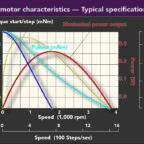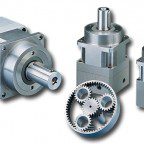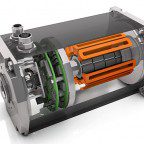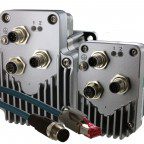Engineers determining what stepper motor and drive to use should make sure to include a safety factor. This is because there could be some unanticipated loads or operating conditions that may affect the operation of the system. On the other hand, too large a safety factor has its drawbacks as well. These include wasted power or inertia causing the system to slip out of place. As such, selecting a safety factor may not be as simple as it seems.
Most documentation and motor selection guides state that engineers should choose a safety factor of around 1.5 to 2.25. This refers to a multiplier for the amount of torque that the motor should supply and that the drive should be expected to output enough energy for.
Torque is usually one of the most critical concerns with stepper motors, along with positioning accuracy, and as such this is an important safety factor to consider.
However, there is more nuance to selecting the safety factor than any arbitrary number in the range from 1.5 to 2.25. It also depends on the system in question and what conditions the drive and motor are expected to operate under. If the system is tightly controlled and highly-tuned, then it is safer to go with a lower safety factor. That way, engineers can gain cost savings along with energy savings and reduce over-engineering. However, if the system is more uncertain, with more variable loads and operating in less than ideal conditions, such as dirty or volatile scenarios, selecting a higher safety factor is usually the safer choice. That way, in case any unexpected loads or conditions occur, the system can compensate for them instead of failing.
Additionally, remember to keep in mind the stepper motors and their drives are cyclic. That is, they cycle between various states over and over. This influences the safety factor because fatigue can become a concern under such conditions. While safety factors can help somewhat in such cases, proper consideration of fatigue comes from design and appropriate testing, not a safety factor per se.
Engineers should not rely on safety factors, however, to ensure a well-designed system. Proper calculations and modelling the system are still vital. The safety factor is there for that, safety, and some occasional unexpected conditions. For more information, read Anaheim Automation’s Selecting a Stepper Motor System.







Leave a Reply
You must be logged in to post a comment.